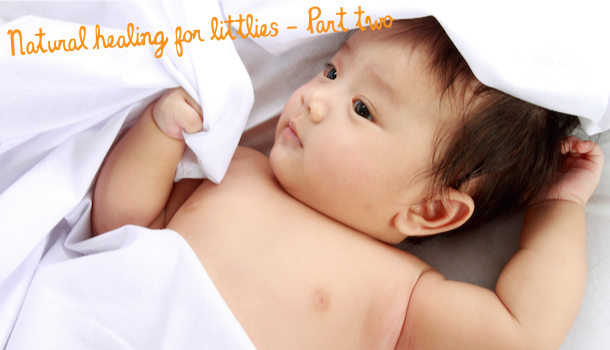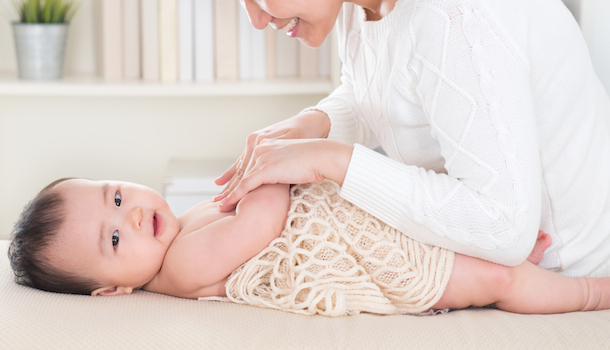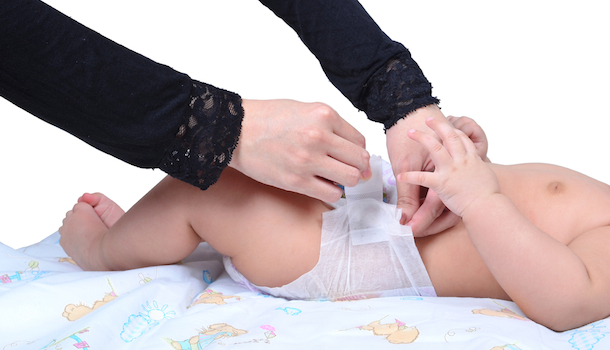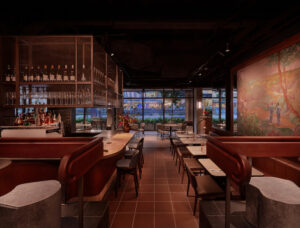







Sassy expert contributor and naturopathic doctor, Dr. Bean is back to share with us Part 2 of her fab guide on how to use alternative treatments to help ten common childhood complaints – you can check out Part 1 with the first five here!
As a mother, I always want the best for my child, using the least invasive therapies as I can. Of course, at some point, this may not be possible and medical interventions may be necessary. But when these conditions are mild and merely just more irritating for your child, a naturopathic approach can be the best solution. Because I individualise my treatments, this is not an exhaustive list of things you can do, but should alleviate your child’s discomfort.
Condition #6: Common colds
There are an array of sign and symptoms your child can present with when they come down with a cold. Such symptoms include middle ear infection, mild fever, lethargy, congested lungs, wheezing, shortness of breath, and sinusitis (which you see in older children as sinuses don’t develop until about 18 months+). Do note, if your child has nasal congestion, make sure there isn’t anything stuck up their nose!
If you are breastfeeding, make sure you continue to breastfeed. Your milk is vital for your child’s immune system is it provides immunological factors to help boost and protect their immune system. In addition if you are breastfeeding, stop eating refined sugar, as this will dampen the immune system and avoid dairy products as this is mucous-producing. I also provide a blend of botanical medicine for the mother, as this will add additional support the child’s immune system.
For the baby, give them a good probiotic and avoid giving them any mucous-forming foods such as dairy products, bananas and citrus fruits. I also give parents garlic oil to rub on the bottom of their children’s feet as this helps get a potent antimicrobial remedy into their system.


Image sourced via Shutterstock
Condition #7: Chest congestion
A congested chest usually follows a common cold. This is however an area where if your child is wheezing, having an acute asthmatic attack, or difficulty breathing, then it is best to seek medical attention. But when your child is having a bit of a rough time coughing up phlegm and you want to help their body remove it, you can do a few simple things. First, a steam inhalation or steam bath with essential oils. For children under 4 years, I have them sit in a bathroom on the floor with either the shower running on hot or hot water filling a bathtub. Make sure you give them toys to occupy them! Then, place some essential oil in the tub or the bowl that is beside them. Breathing in essential oils such as Eucalyptus can really help open their airway to allow for easier breathing. For older children, you can prepare a bowl with hot water and essential oils and have them sit over it to breath in the steam. I also give my parents garlic oil and a chest poultice as an effective way to support the immune system and help them breathe.
Condition #8: Cradle cap
Cradle cap (seborrheic dermatitis) doesn’t have a precise cause, but it is associated with a few things. The first probable cause is the impaired function of an important enzyme that is necessary to metabolise essential fatty acids. As a result, there ends up being a deficiency in some of these acids with an excess in others. A second cause is from lipophilic yeast overgrowth found in the skin by a fungus called malassezia. There can also be increased sebum production that serves as nutrients for lipophilic yeast. And lastly, food sensitivities that compromise the immune system.
For the breastfeeding mother, the first step would be to identify food sensitivities and either remove them or remove the common culprits. Next would be to take a good quality essential fatty acid with appropriate ratios between EPA and DHA along with GLA. Also, consuming a tea to balance the baby’s skin function and sebum production.
For the baby, apply a topical mixture of coconut oil with calendula and chamomile with a bit of lavender essential oil and gently massage their scalp to help loosen the scales. Wipe the excess away and leave the residual oil on to help moisture their scalp. There are other herbs that can be used following a shampoo that are astringent and help slow down sebum production.
Condition #9: Thrush – yeast overgrowth in the mouth.
All of us have yeast but when it gets out of control, issues can arise such as thrush. What yeast likes most is sugar so this is an important time to remove sugar (including refined sugar, honey and even sweeter fruits) from your diet and your child’s. If you are breastfeeding, start consuming more garlic as it works as an anti-fungal (discontinue if this causes digestive upset in your child). In addition, probiotics are great. Lastly, provide a mouthwash for the child to help cut down on residual sugars left in the mouth after eating.


Image sourced via Shutterstock
Condition #10: Nappy Rash
I see a lot of babies with diaper rash, as there can be a few things that cause it. One of the biggest causes I see is from the type of baby wipes parents use. It has been found that the ingredient methyliso-thiazolinone is highly responsible for causing diaper rash in babies. So I suggest using wipes that don’t have this ingredient, like Bamboo Baby by Aleva Naturals. Other possible causes can be from bacteria or yeast.
For the mother, similar suggestion as with thrush, as diaper rash can be caused by an overgrowth of yeast. I like to work with both the mother and baby in controlling yeast as it is quite common here in Singapore.
For your baby, I suggest either a calendula salve or a calendula cream. I use Weleda Calendula cream. In addition, wash your baby in a bath infused with calendula, chamomile and rosemary herbs. Make sure to use natural soaps and laundry detergents and give them as much diaper free time as possible. I try to have parents stay away from fabric softeners as they can be irritating to the baby’s skin. But yes, their clothes won’t smell as good! There are a few other treatments I use but these are the main ones.
Check your child’s diaper frequently and change dirty diapers immediately. Avoid tightly fitted clothing and airtight materials. Make sure your baby is dry before fastening a diaper. Pat the skin dry, instead of scrubbing; this is less irritating to the skin. If you are using cloth diapers, wash them twice (through 2 wash cycles) with gentle detergent or boil them for 15 minutes after one wash cycle.
I hope you have enjoyed the information I have provided and serves you well when the time comes. I am open to any questions you may have about the information so please don’t hesitate to contact me. To our happy and healthy children!
Disclosure: This article does not replace information from your doctor. Always seek professional advice before changing or eliminating important medications and supplements. It is important to talk to your naturopathic doctor before using botanical medicine or food changes as there may be an interaction with your medication, allergic reaction, or not advisable to use with certain diseases or conditions.






 View All
View All





 View All
View All







 View All
View All






